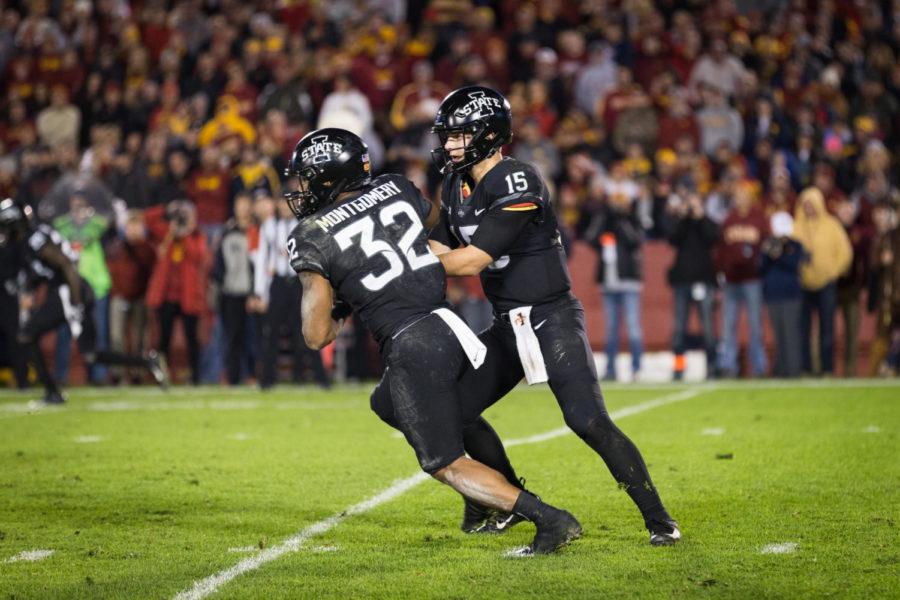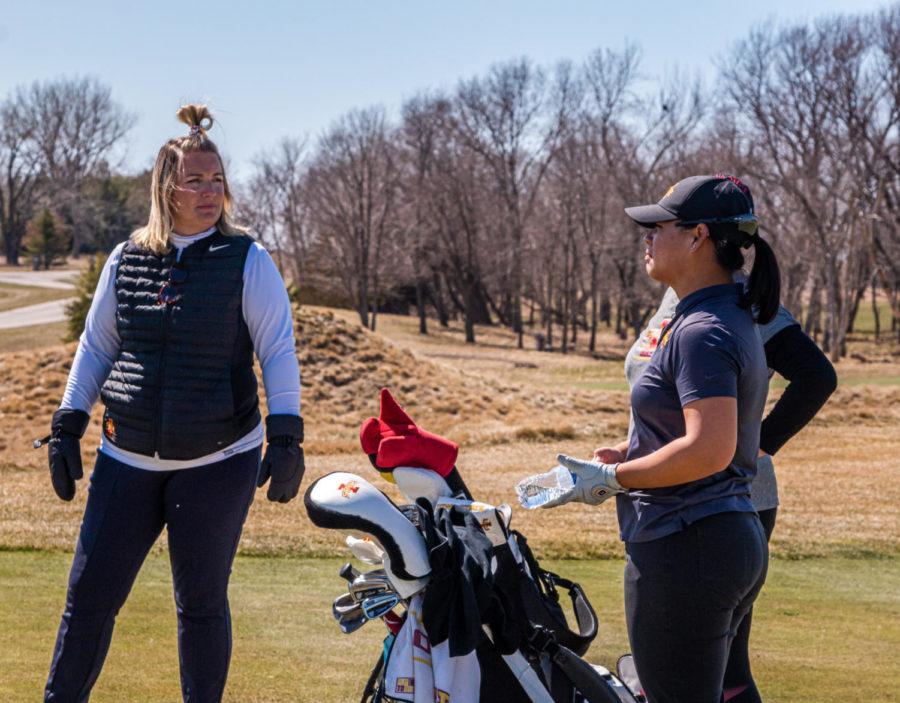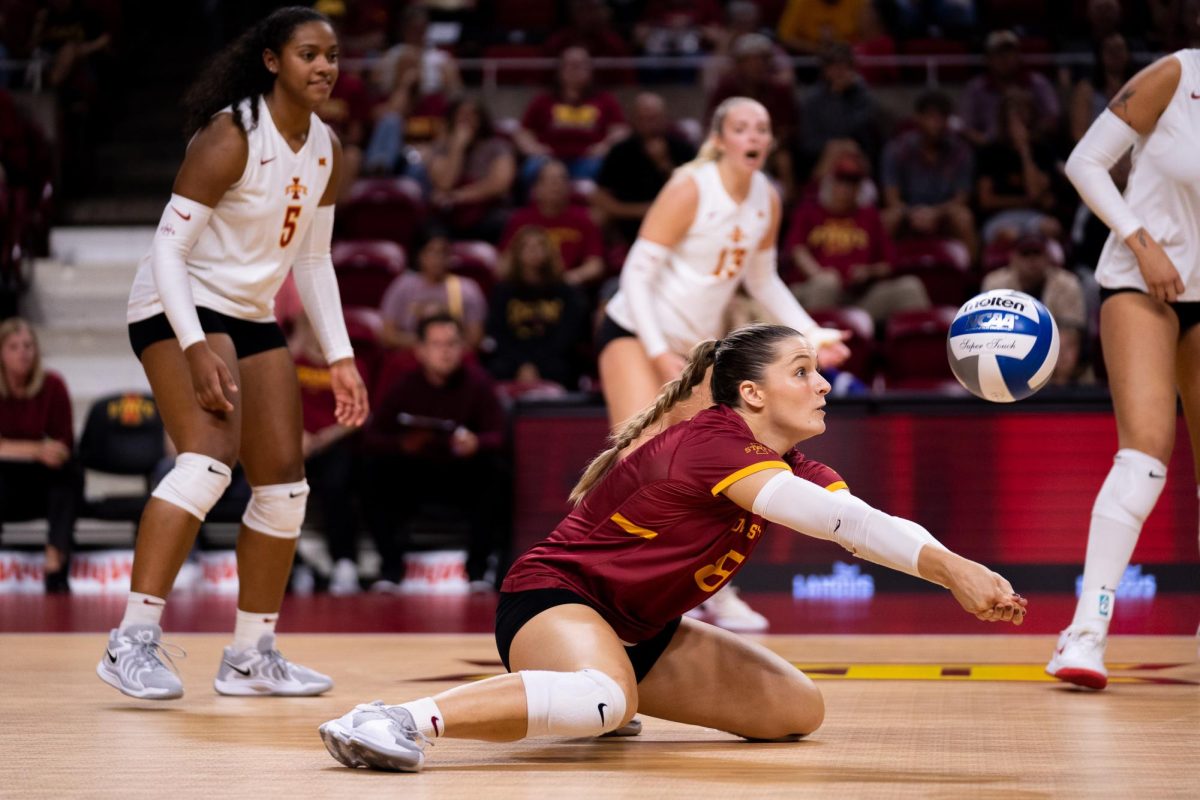Nontraditional students often feel ‘out of the loop’
March 25, 1998
Fitting in with the student body can be a challenge for some nontraditional students at Iowa State.
Nontraditional students are those who are at least 25 years old and usually commute to campus. In fall 1997, there were 2,650 nontraditional undergraduate students — just 12.5 percent of the student population.
Ellen Fairchild, director of Adult Learner & Commuter Student Programs, said the percentage of nontraditional students at ISU has remained relatively steady for the past 10 years.
However, this fact contradicts reports of increasing numbers of nontraditional college students across the nation. As Fairchild pointed out, “ISU is a residential, traditional campus — it’s who we serve.”
Marc Harding, director of the Admissions Office, said one of the goals included in ISU’s five-year strategic plan is to increase the number of nontraditional students.
He said a duty of the Admissions Office is to fulfill this goal by “bringing students to the front door” of the university.
Right now, however, there is no document stating specific plans for attracting and enrolling nontraditional students.
Fairchild said the topic of nontraditional students is mentioned frequently in staff meetings, but she said, “there’s not a lot there in the way of action and programs. It’s not who we are.”
The office of Adult Learner & Commuter Student Programs provides orientation programs for transfer students, but nontraditional student Jenn Brown, junior in family and consumer sciences, said there should be a session specifically for older adults.
She said many nontraditional students may be returning to college after lengthy absences from school, and need more direction and information than younger students.
Elena Munoz, nontraditional student and sophomore in Spanish, said she went to an orientation program when she attended ISU in 1988, but when she returned to campus eight years later, she received no orientation. She said a refresher program would be beneficial for returning nontraditional students.
Advisers
Getting the help needed from advisers is another common problem of nontraditional students. Munoz said her adviser was knowledgeable, but was not helpful.
Fairchild said advisers are beginning to realize that people coming back to school after 15 or 20 years should probably not take all upper-level courses in their first semester, but should ease into coursework to ensure success.
“We need to help them realize their dreams, not throw roadblocks,” she said.
Brown suggested that special advisers be assigned to nontraditional students. Although most are transfer students, she said nontraditional students often need more help and direction than some of the younger transfer students.
Class enrollment
Enrolling in classes where there are only two or three nontraditional students may also be uncomfortable for nontraditional students. Munoz said she senses some reluctance from younger students to work in small groups with nontraditional students.
Brown said she felt out of touch when she found herself among so many younger students.
Obligations
Fairchild said one of the biggest problems encountered by nontraditional students is childcare. She said childcare issues make it difficult for older students to return to campus for tests, group work on projects and organization meetings.
Obligations, such as household tasks and caring for aging parents, may limit the time nontraditional students have to devote to organizations.
Fairchild said a nontraditional student’s inability to participate in activities causes him or her to miss out on networking relationships, which can lead to internship and job opportunities.
Learning about clubs, organizations and other campus resources can also be a challenge for nontraditional students. Brown said she feels “out of the loop” when asked about different campus organizations.
“I don’t feel out of place, per se,” Margaret Karbeling, nontraditional student, said. “Sometimes, though, I do feel odd.”
Karbeling, senior in English, added that while nontraditional students have a variety of reasons for furthering their education, their younger counterparts have a different business at college — the business of growing up.






